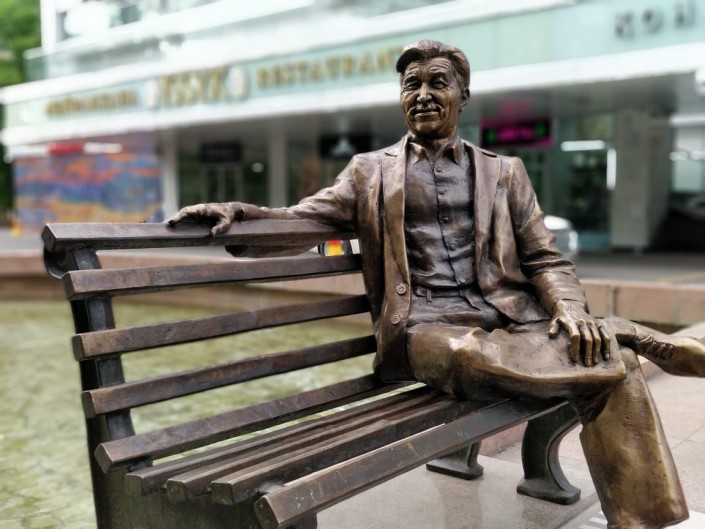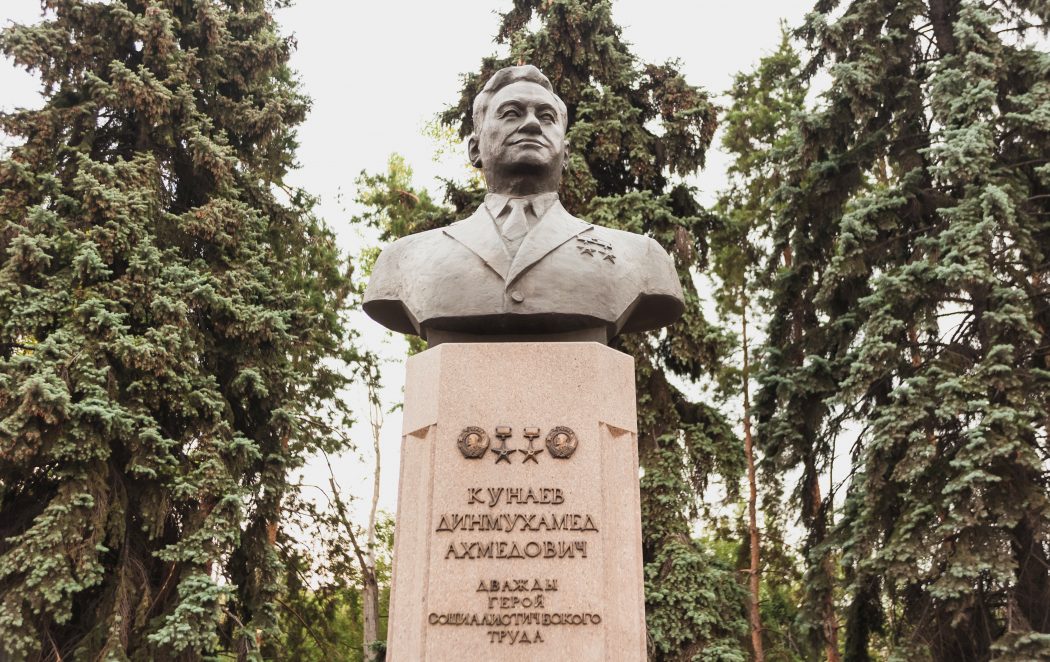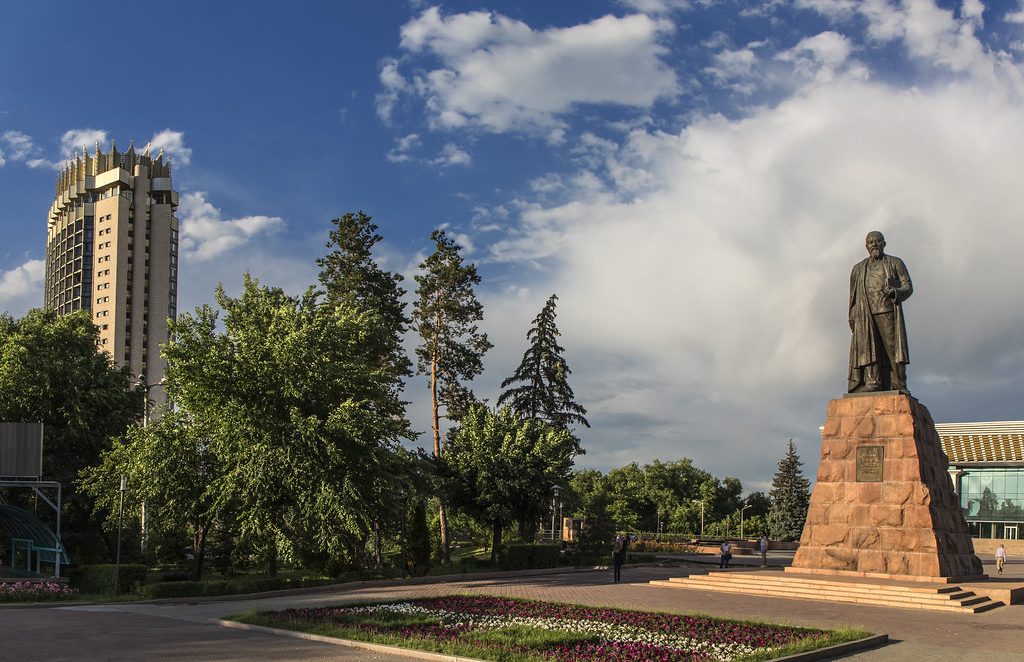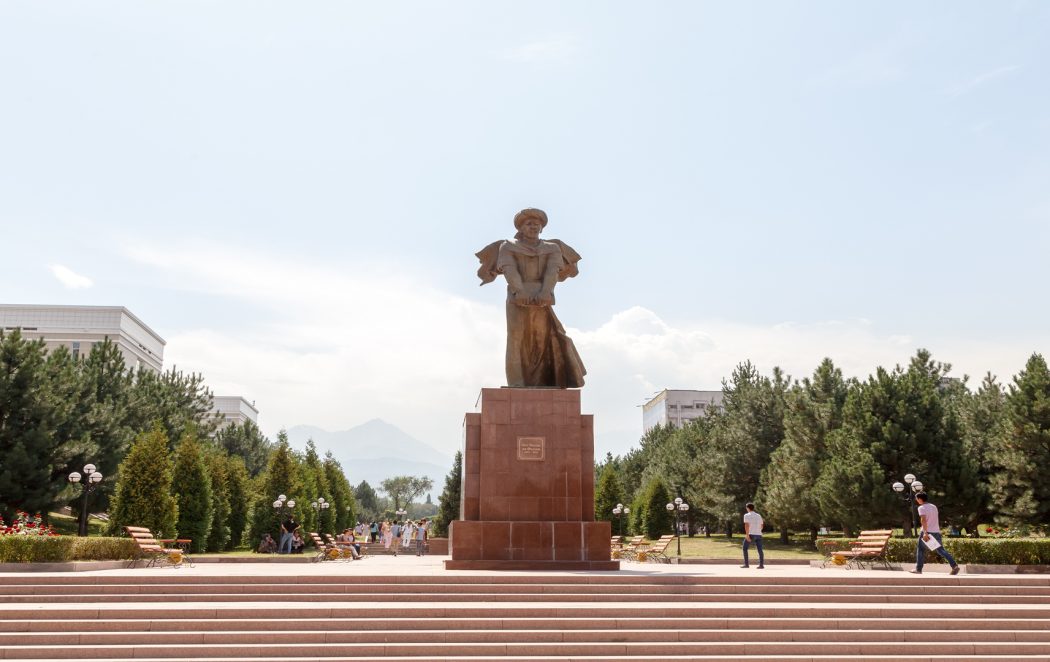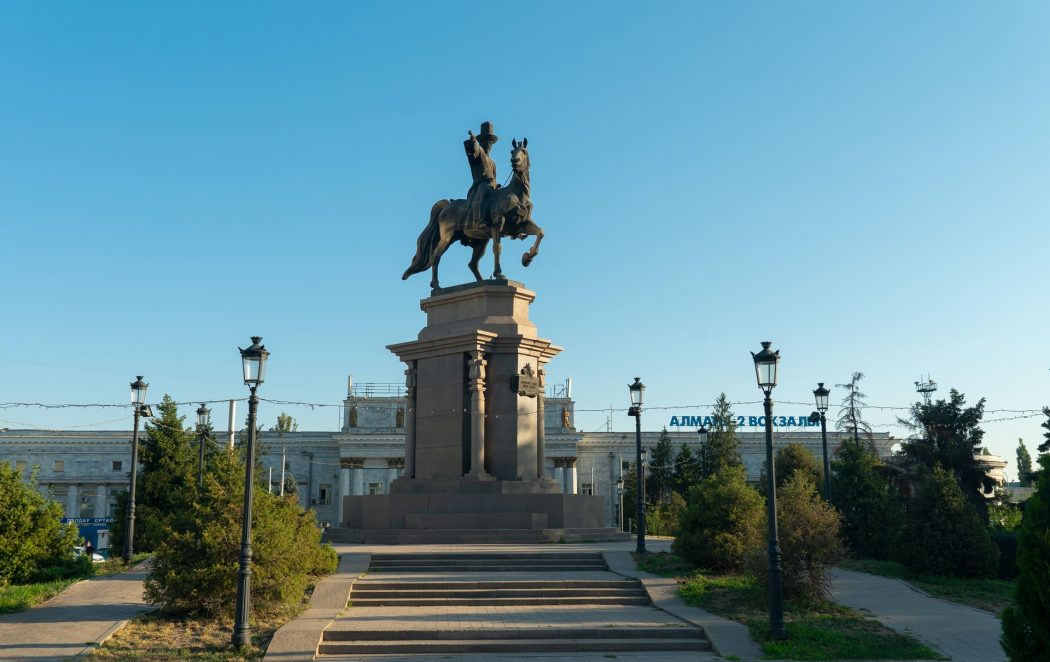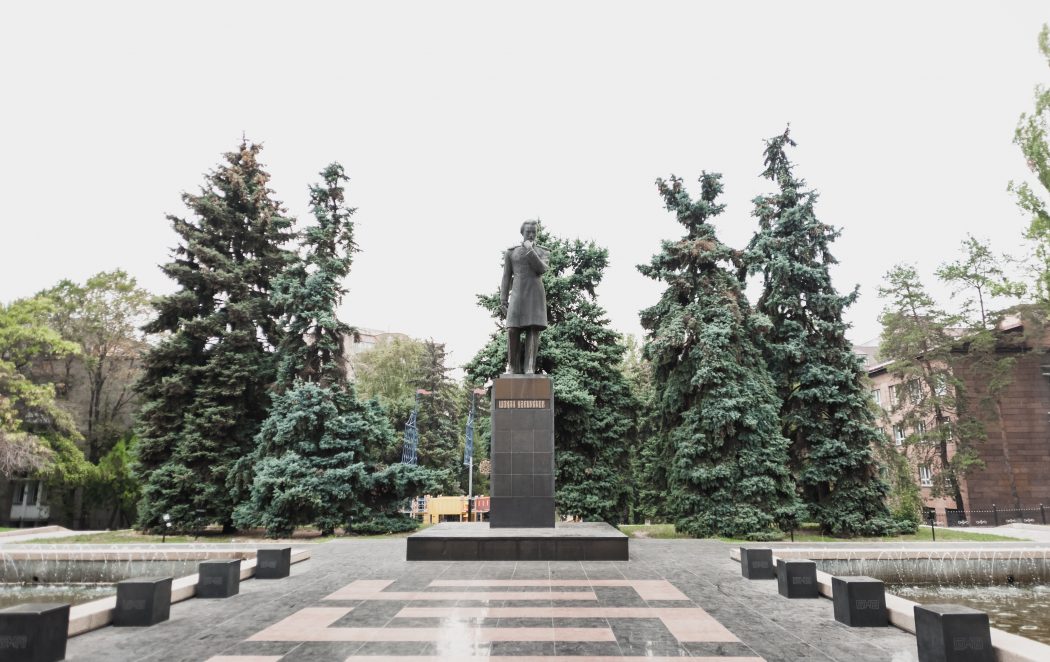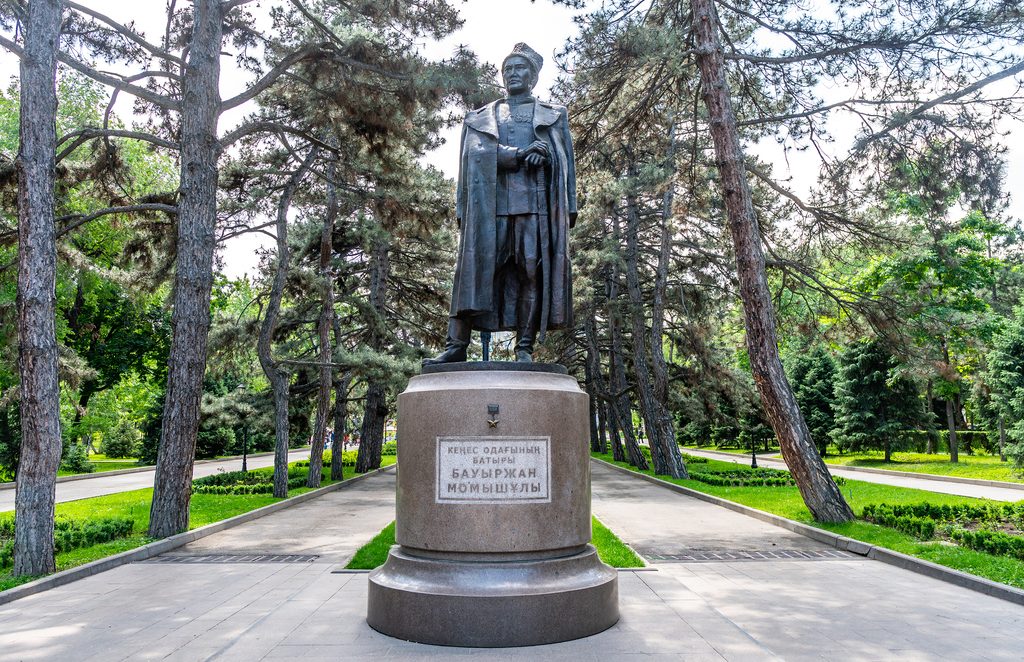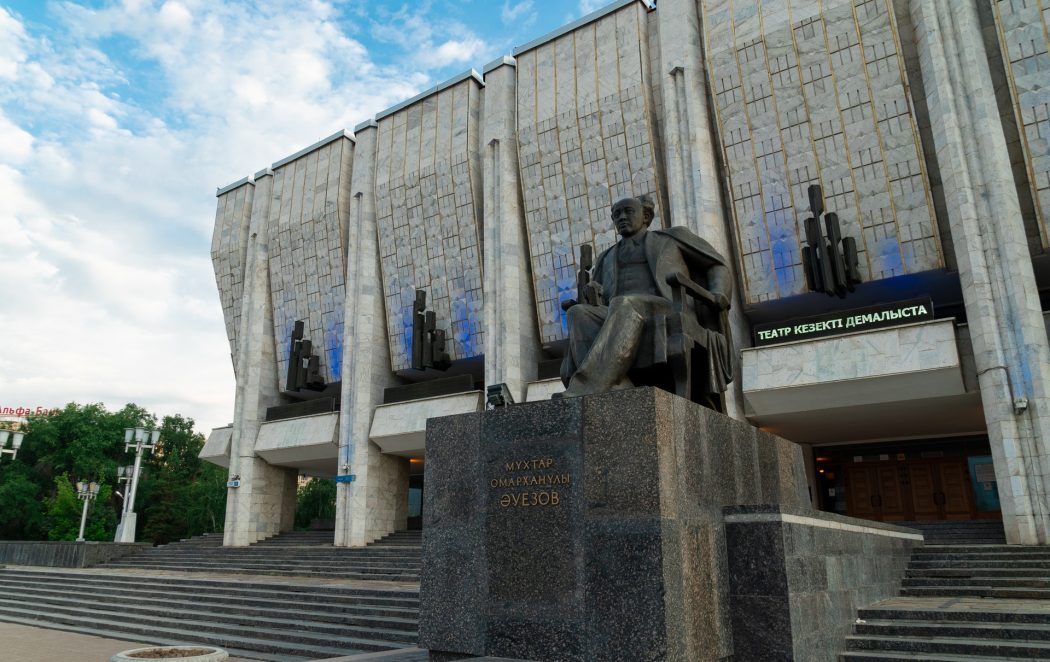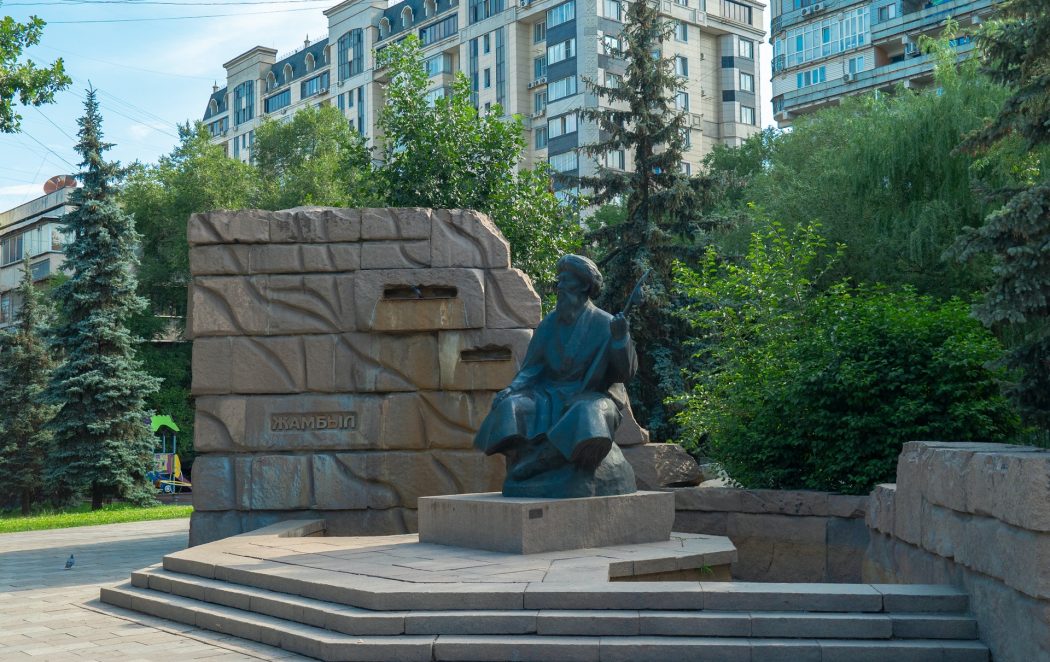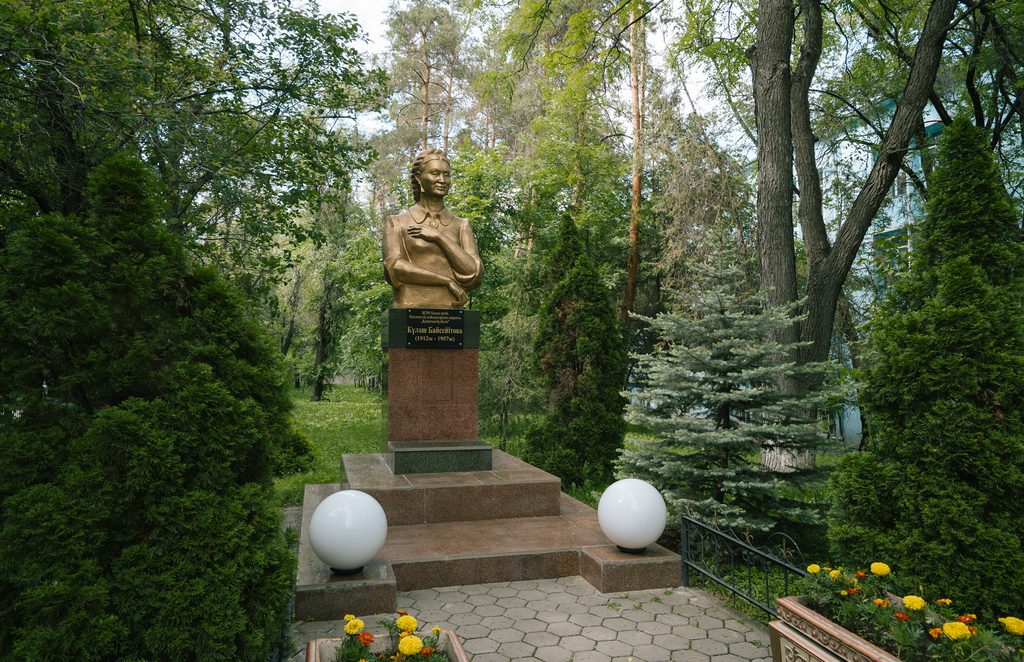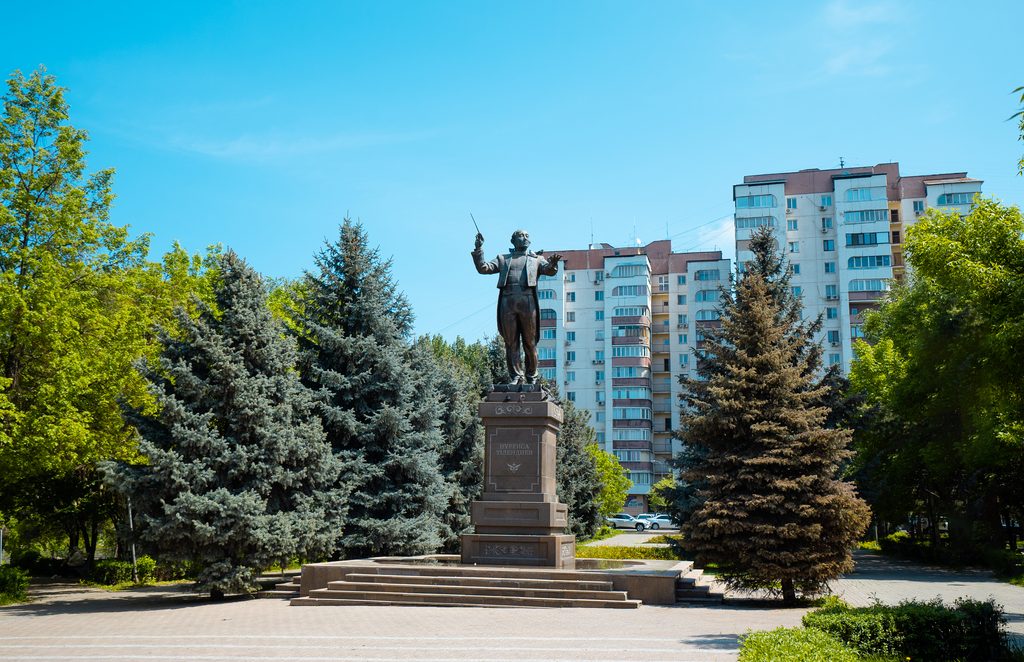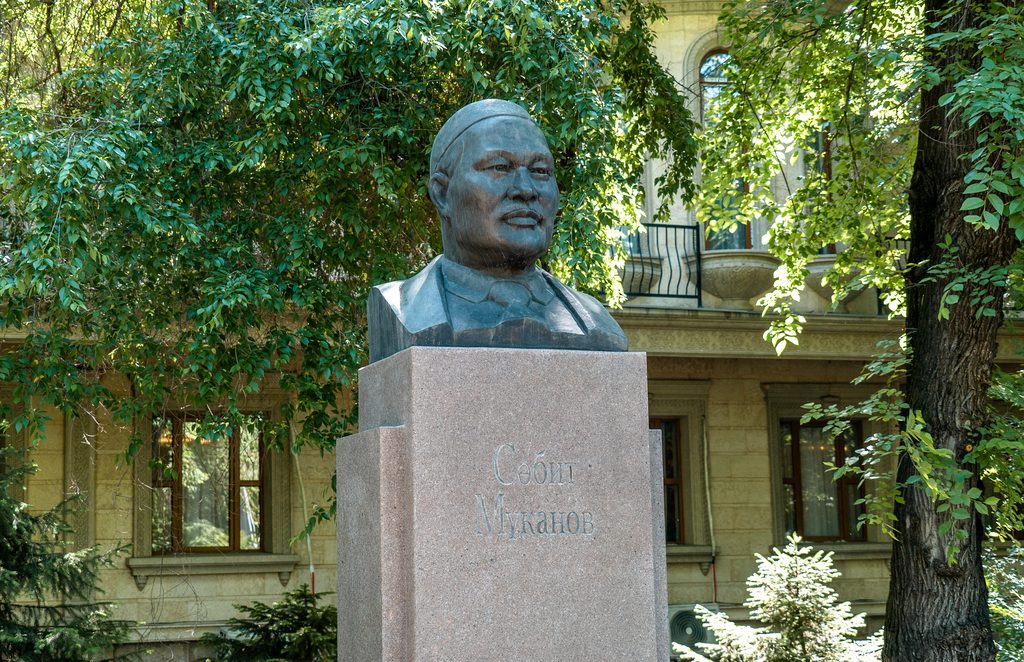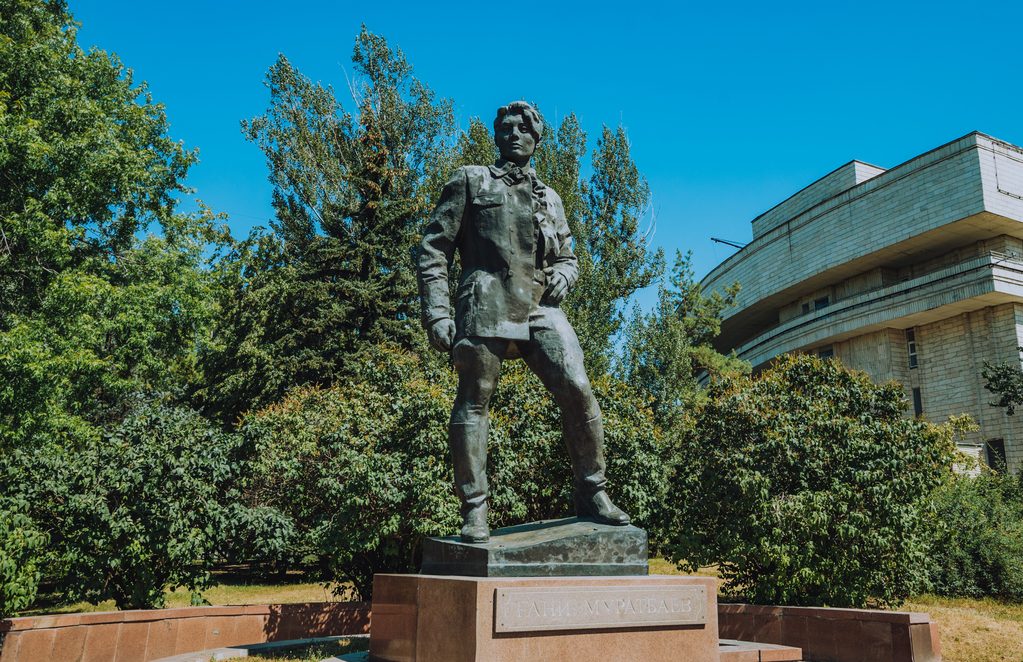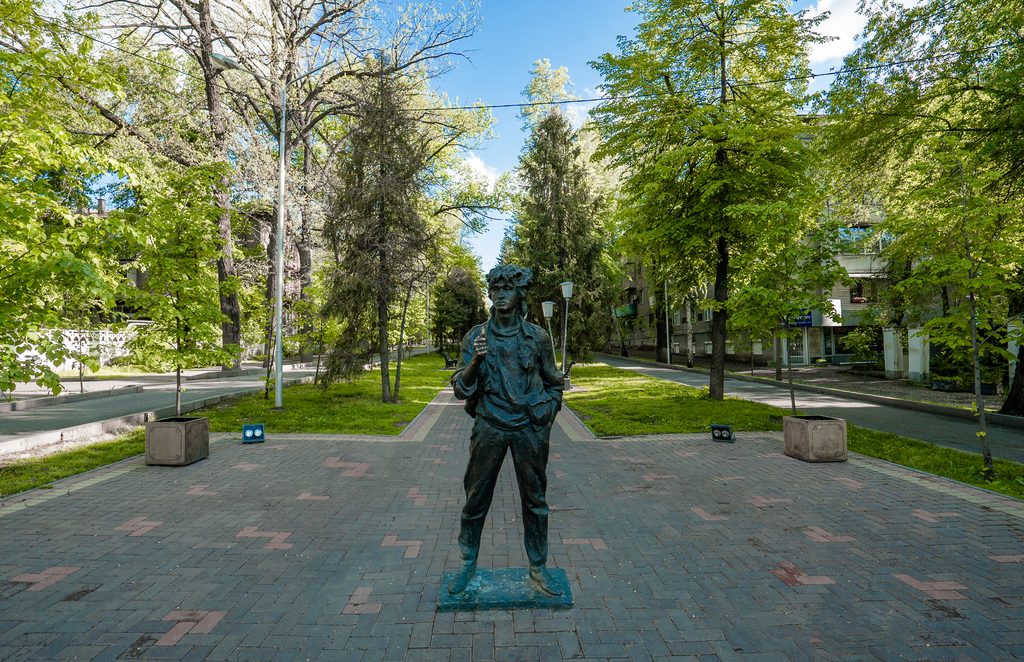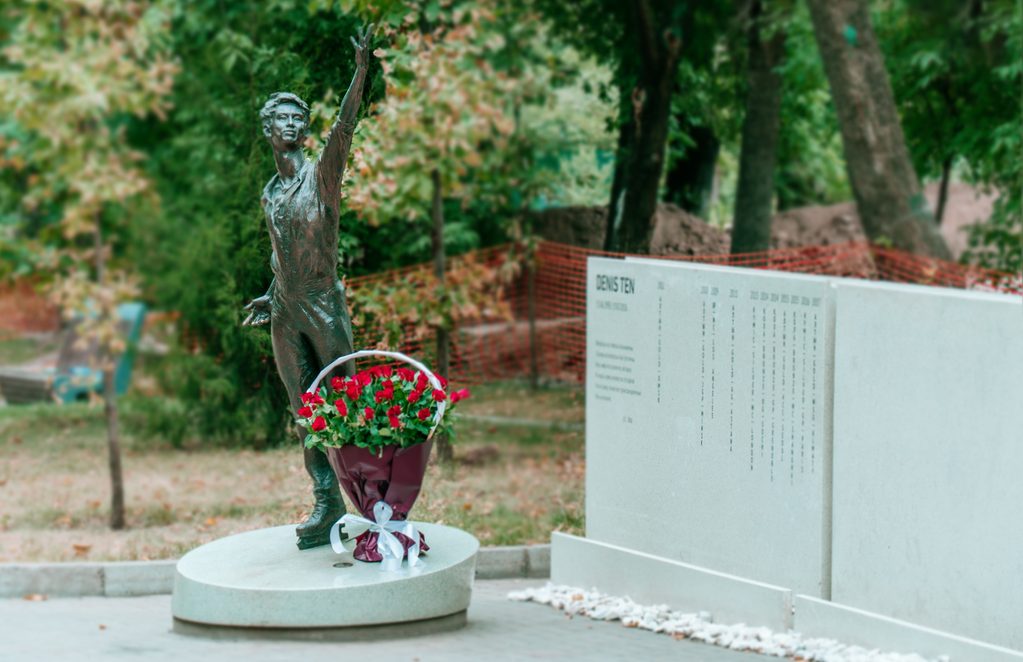Kurmangazy Sagyrbayev (1823–1896)
Kurmangazy Sagyrbayev was born at the beginning of the XIX century, but stepped over the centuries, leaving behind truly immortal works. The conservatory, musical groups and palaces of culture, settlements, squares and streets bear his name. In Atyrau, a monument to Kurmangazy was opened on July 4, 2000, another appeared in the village of Altynzhar in the Astrakhan region in 2008. On April 18, 2012, another monument to the outstanding composer was opened in the cultural capital of the republic — the city of Almaty.
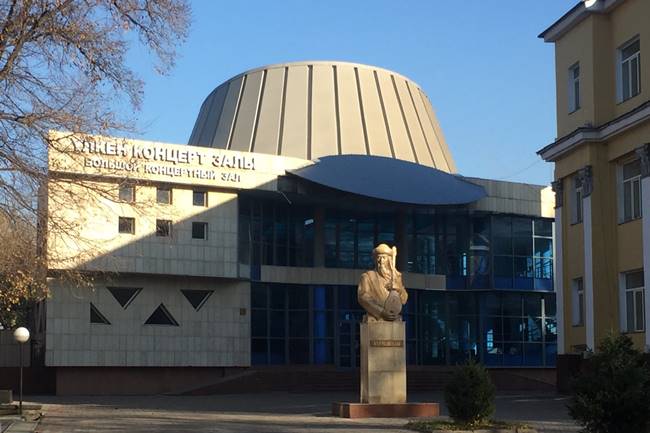
Kurmangazy was a talented musician and an extremely versatile personality. Experts may argue about the exact date of kuishi’s birth (they are called 1806, 1818, 1823), but everyone agrees that he laid the foundations of Kazakh national music, was a man of firm citizenship, and his contemporaries called him a Wizard of the steppe. Kui Kurmangazy has always stood apart from the works of other authors. This emotionality, expression, inherent mainly in the inhabitants of Western Kazakhstan, is beautifully expressed in the works of the great Kazakh composer. But at the same time, in these exciting sounds we hear not only the beating of his warm heart, full of pain for his compatriots, but also we feel love for the Motherland, pride for our people
Kurmangazy was acquainted with representatives of Russian progressive culture – philologists
Kurmangazy was acquainted with representatives of Russian progressive culture – philologists, historians, ethnographers who collected material about Kazakh music, musicians and folk instruments. Kurmangazy Sagyrbayev’s contemporary Ural journalist and poet Nikita Savichev wrote in the newspaper «Ural Military Vedomosti»: «Sagyrbayev is a rare musical soul and if he had received a European education, he would have been a star of the first magnitude in the music world…» Kurmangazy dedicated the Laushken Kui to a Russian friend who helped him in difficult moments of life. His friendly feelings are also reflected in the kuys «The Machine», «Perovsky March» and others.
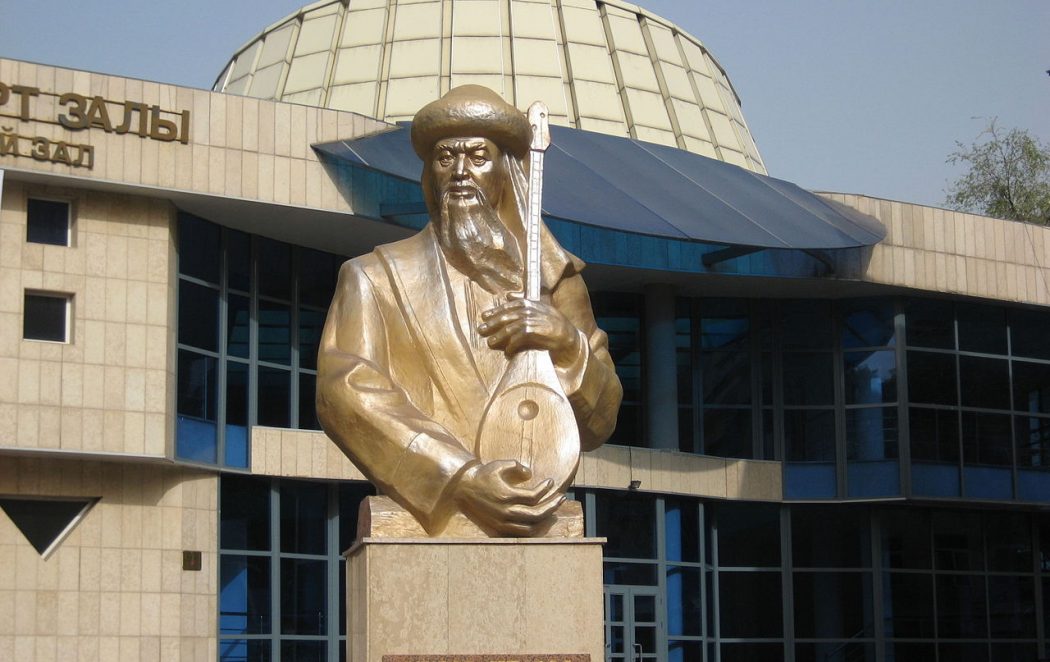
In 1862, Kurmangazy finally meets with a fellow countryman, another great Kuishi Dauletkerei. Both improvisational dombrists noticeably influenced each other. Kui Dauletkereya «Bulbul» (Nightingale) Kurmangazy included in his repertoire. The peak of Kurmangazy’s creativity is the kui «Sary-Arka» filled with light tonality, painting a picture of the boundless expanses of the Kazakh steppe. Kurmangazy’s special playing techniques, largely developing the musical technique of that time, were carefully perceived and developed by his students and followers. Among them were Makhambet Utemisov, Dina Nurpeisova, Yergali Eszhanov and others.


